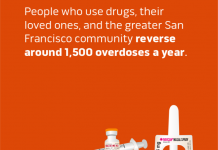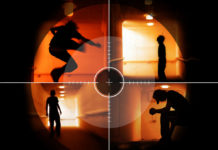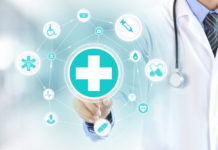take as many meds per day.”
Lefkovitz acknowledged that the gel can slip off and create a minor burning sensation, but he said it’s very safe. “[TENS has] a track record going back to the 70s. It’s recognized by Medicare, by Medicaid. I’ve been in the business since the early 2000s, we’ve never had a negative reaction.”
Despite the positive response to the technology, the National Health Services in England deems that there isn’t enough scientific evidence to determine if “TENS is a reliable method of pain relief.” They added that the technology is a short-term relief that has worked for some people and the treatment is generally very safe.
Laser Touch One is another TENS technology aimed at relieving pain from a similar perspective. The handheld device delivers photonic and electrical energy to promote cells’ ability to produce adenosine triphosphate (ATP) and heal damage cells and tissues that cause pain and inflammation.
There are many new avenues to exhaust, some that will prove effective and others that will not; but with the wealth of new technologies available, doctors shouldn’t have to continue prescribing dangerously addictive opioids to patients for pain.
“The emerging approach of ‘precision medicine’ tailors the solution to the individual,” Adekore said. “Incorporating conventional treatments that are appropriate for each patient and marrying that with nonpharmacologic therapies such as neurostimulation wearables, cognitive behavioral therapy, and physical therapy. Technologies like Quell allow users to manage pain while remaining active.”
“We feel that the platform can be built upon,” Lefkowitz said. “There is a monumental shift in our healthcare business from RX to over-the-counter. I think accessibility to these technologies will help.”















